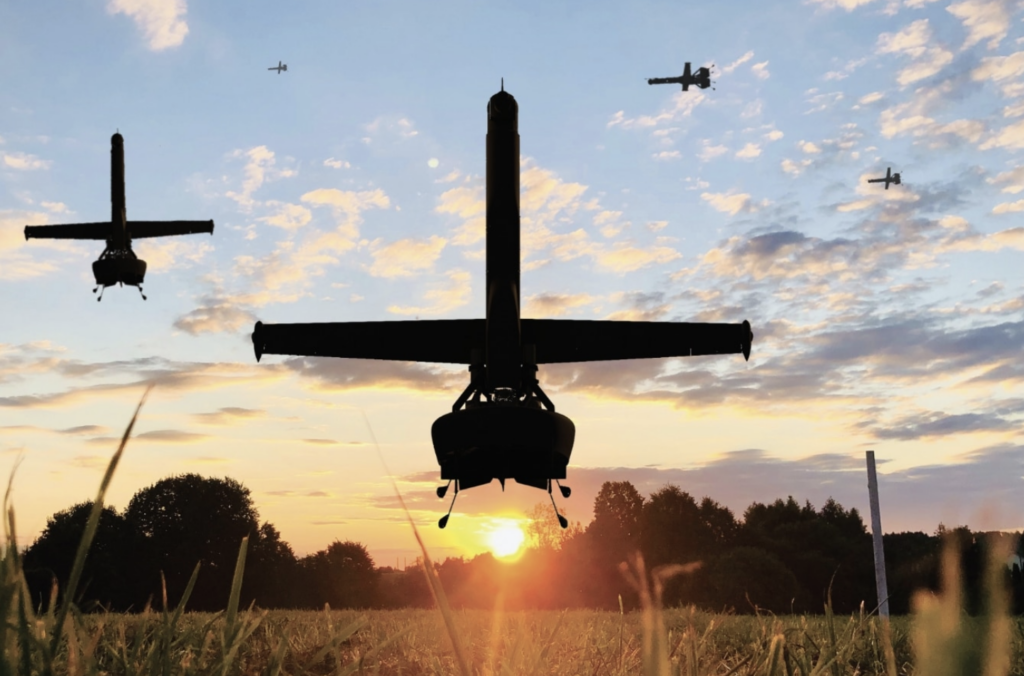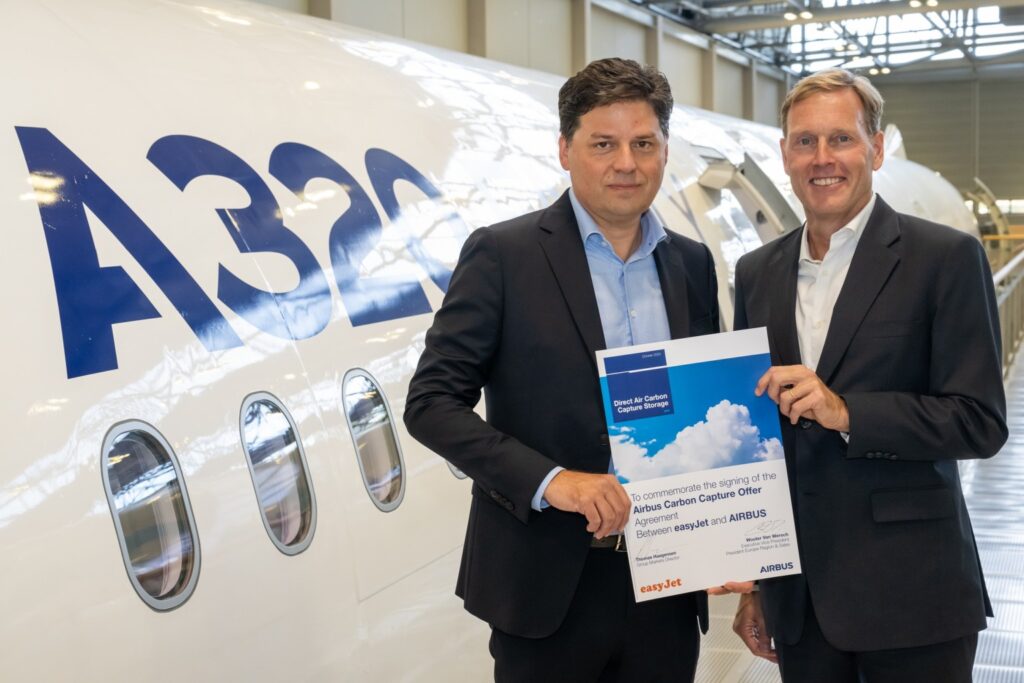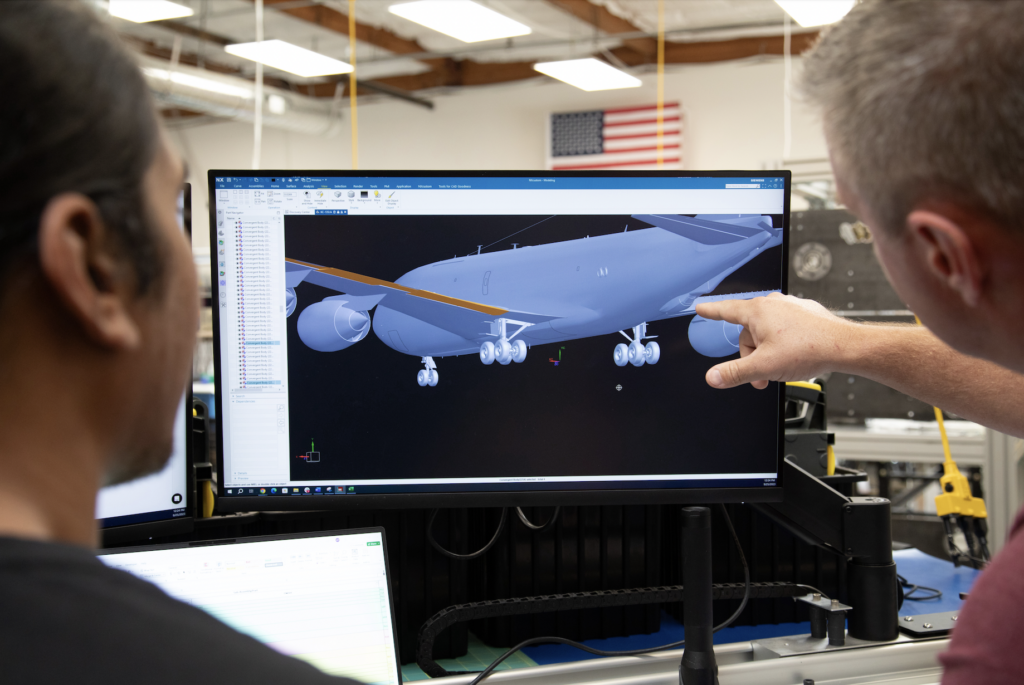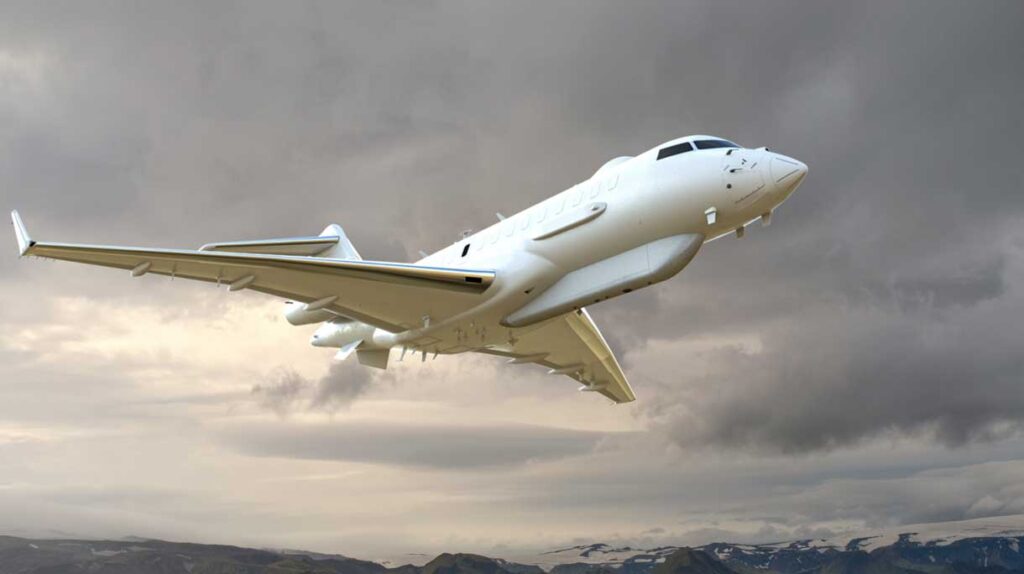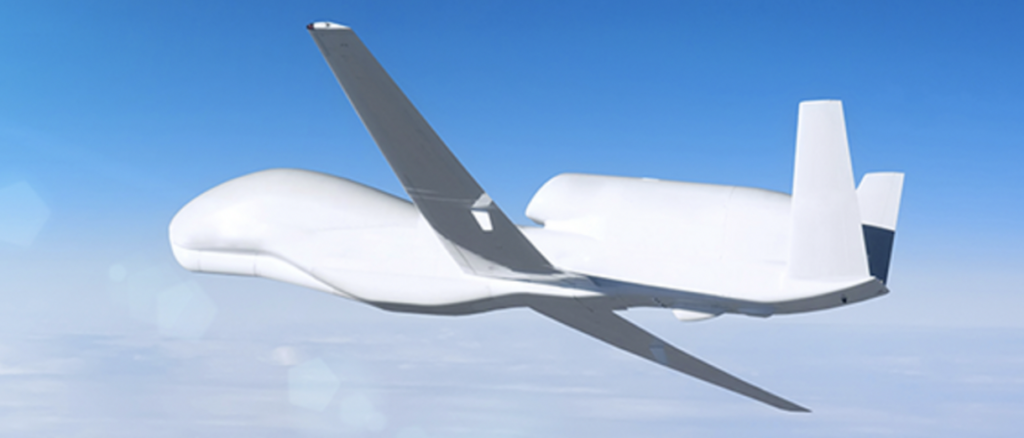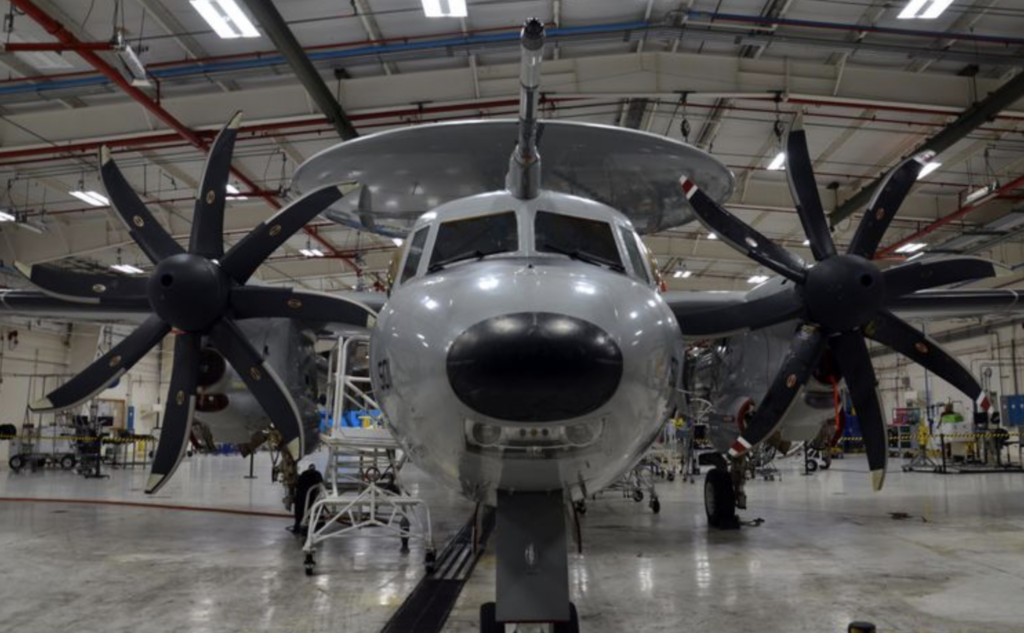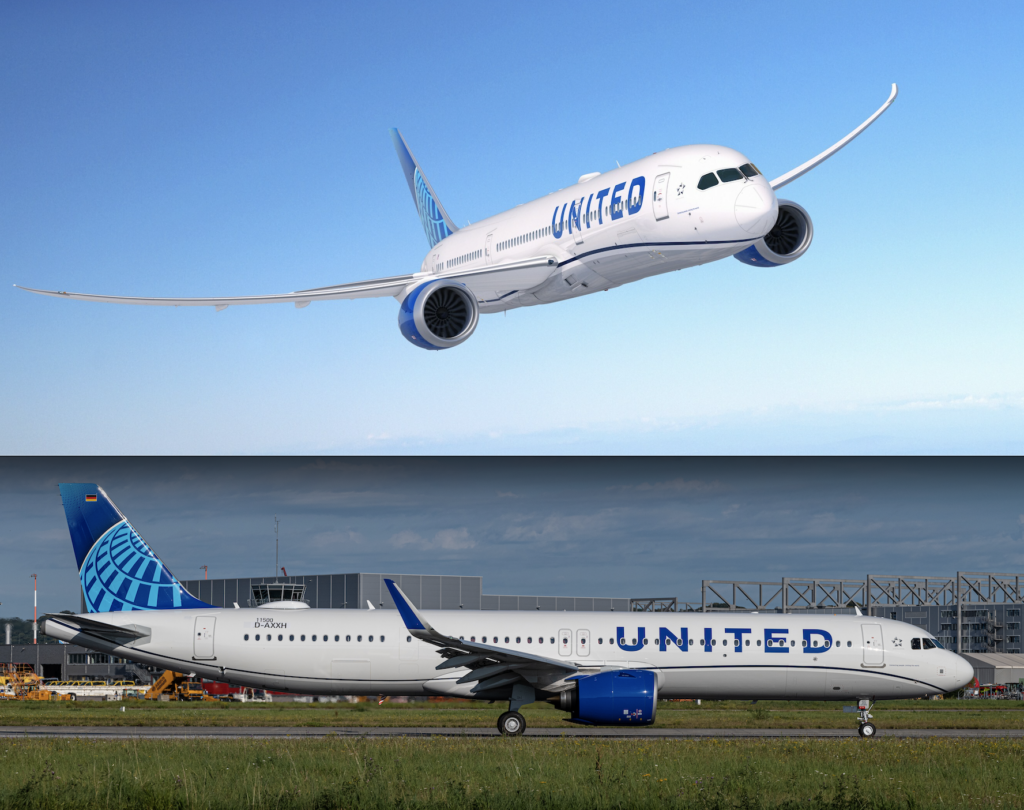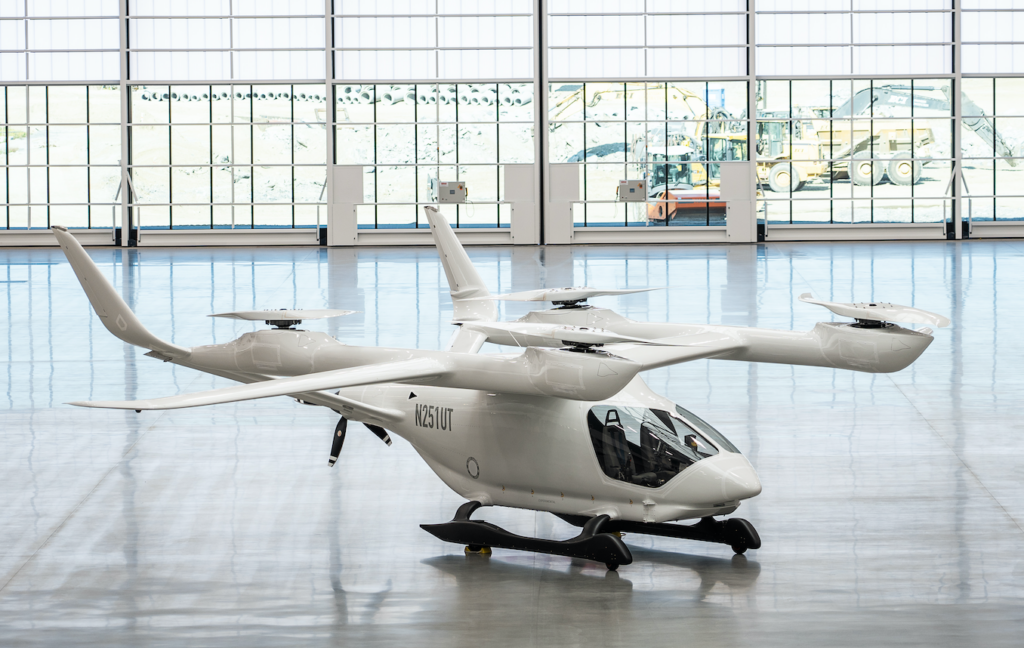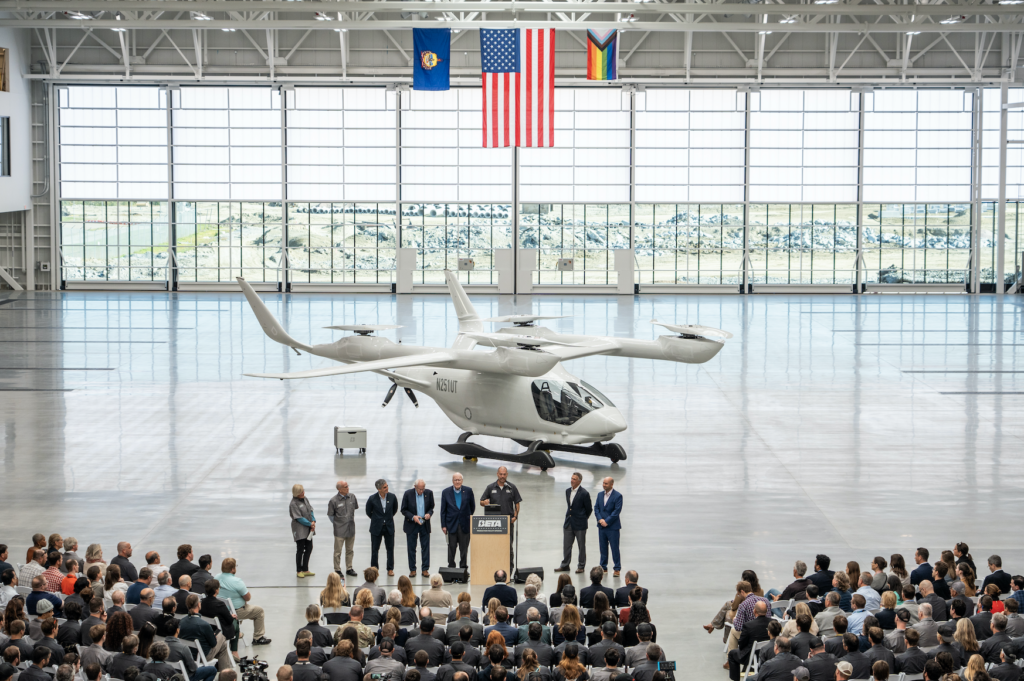Two College Stadiums Adopt Anti-drone Tech from AeroDefense
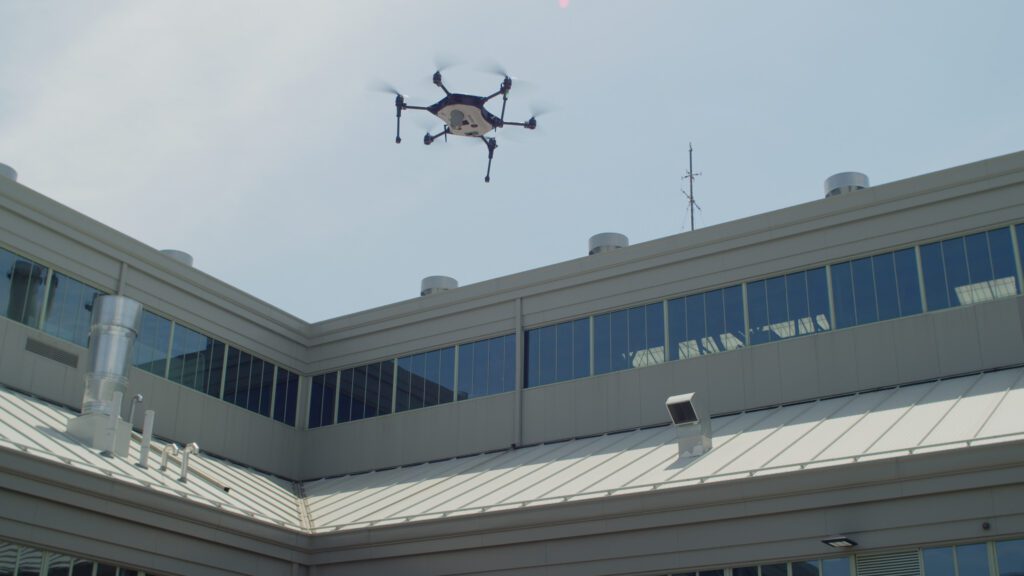
LAS VEGAS — The University of Washington’s Husky Stadium and Fresno State’s Valley Children’s Stadium have both deployed new drone detection systems to ward off unauthorized aerial incursions.
College stadiums have been the target of numerous drone incursions in recent years, which threaten fan and player safety and disrupt public events, as they have with airports worldwide, AeroDefense says,.
The Federal Aviation Administration has specific rules for where to fly personal drones, which prohibit private flights over crowded areas, roads, airports and other areas.
AeroDefense’s AirWarden Remote Identification Receiver receives real-time FAA-mandated Remote ID broadcasts that include drone location and altitude along with pilot location information and automatically sends alerts so stadium security personnel can quickly disrupt potentially dangerous drone flights, the company says.
AirWarden provides real-time alerts and precise location data for drones and pilots operating in and around specific locations like stadiums, allowing rapid response to any unauthorized drone activity.
“Stadium security minimizes risk when they can locate the pilot and force the pilot to land the drone safely,” AeroDefense says.
The system, both fixed and mobile, is alos offered for airports, correctional facilities, military bases, and other critical infrastructure, the company says.
Depending on the drone configuration and environment, the system can detect a drone at up to a half mile or more. The system will detect all drones in an “area of concern” but alert security personnel of those aircraft within a designated airspace, like over a stadium, the company says. Security personnel can adjust the warning area as needed.
The receiver takes about ten minutes to install on a building or pole and receives power over ethernet, connecting to the existing LTE network.
“The interface is very user-friendly which made the learning curve virtually non-existent,” Dan Erickson, associate athletic director for events and facilities, at the University of Washington said. “The AeroDefense support team has also done an incredible job of responding to minor issues quickly, in real-time to ensure any small problems are solved.”
—————
Boost Internet Speed–
Free Business Hosting–
Free Email Account–
Dropcatch–
Free Secure Email–
Secure Email–
Cheap VOIP Calls–
Free Hosting–
Boost Inflight Wifi–
Premium Domains–
Free Domains






